The key to launching a successful product on Amazon in 2025, is understanding the A9 algorithm. This algorithm determines which products appear when a customer searches for a specific term and in what order they are shown.
Research shows that relevant keywords are very important in a product listing because they help Amazon decide which products to display for each search query. The algorithm also evaluates a product’s performance, which depends on factors such as conversion rate, sales history, and customer reviews.
The A9 algorithm also considers metrics related to customer experience. For example, factors like low return rates and positive customer responses are very important. All of them are reasons that, in 2025, maintaining strong positive feedback and providing excellent shipping performance will play a key role in improving your product’s sales rank on Amazon.
Evaluating Product Profitability and Understanding Price History Charts
There are several factors to consider when evaluating a product, including the cost of goods, shipping, Amazon fees, potential selling price, and potential for price fluctuations. To calculate the potential profitability of a product, sellers can use tools like the Amazon FBA calculator. By inputting the product’s cost of goods and estimated selling price, the FBA calculator can calculate the seller’s potential profit margin.However, it’s important to note that the FBA calculator only provides an estimate, and the actual profitability depends on several factors such as demand, competition, etc. That’s why checking price history on OA and predicting the future selling price before purchasing using tools like Keepa and CamelCamelCamel. Ensure that you’re not buying the product in a price spike.

Gauging Product Demand and Analyzing Customer Reviews
Amazon Best Sellers Rank (BSR) is a metric that ranks products based on their sales performance within a category. By checking a product’s BSR, sellers can measure its popularity and demand in the relevant category. Sales history and seasonality are other useful ways to measure product demand; therefore, they are essential parts of the checklist for selecting products to sell on Amazon FBA.In addition to mastering demand estimation for OA success, analyzing customer reviews is essential for evaluating a product’s performance and overall customer satisfaction. By reading through customer reviews, sellers can identify potential product issues and decide whether to invest in them.
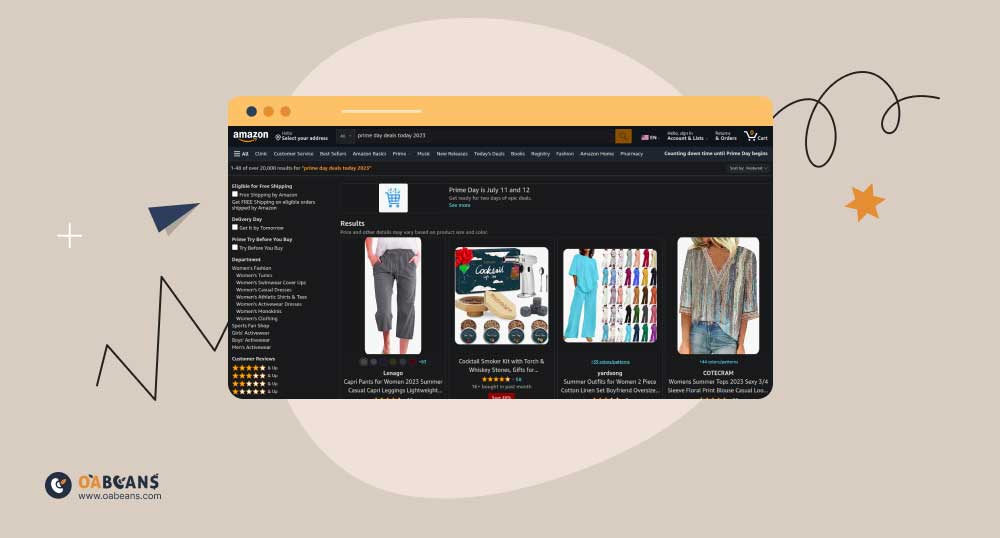
For example, you may find a product with great ROI and profits. You check the listing for any necessary details, but you don’t find any, and the dimensions and weight of it confirm that it’s just one product. However, when you read customer reviews, you find out it belongs to a 3-part bundle, and the customers leave negative feedback because they only received one. Additionally, you should look at the reviews graph on Keepa and conduct extensive product research using tools like Jungle Scout and Helium 10. A good product must have an ascending graph, not a flat or descending one.
Competitor Analysis
The first step in analyzing competition and checking one item off the checklist for selecting products to sell on Amazon FBA is determining the number of sellers in your price range offering the same product. You should also analyze their in-stock levels and compare this data to the product’s monthly sales. If many competitors have high in-stock levels, but the product’s monthly sale is low, it’s best to avoid it.
Sellers can use tools like AMZScout or Cash Cow Pro to make competitive analysis easier. These tools provide detailed competitive analysis data, including information on the number of sellers, their ratings, and product reviews.
If you want to know more about how to analyze the competition for OA lead, click on the link.
Complying with Legalities: Intellectual Property Considerations

IP complaints are one of the critical items in the checklist for selecting products to sell on Amazon FBA. Ensuring that the products sold do not infringe on trademarks, copyrights, or patents is crucial. Infringing on IP rights can lead to legal issues, damage the seller’s reputation, and even lead to account suspension or termination.
One way to check for potential IP violations is to use Amazon’s Brand Registry. The Brand Registry program helps protect brand rights and prevent the sale of counterfeit products on Amazon. Sellers can use the Brand Registry to check whether a brand owner registers a product they want to sell. If it is, the seller needs to obtain permission from the brand owner to sell the product.
The IP Alert tool is also a must-have for OA sellers. This tool alerts you when you open a listing with the potential for an IP complaint against Amazon. It’s essential to seek legal advice if you need clarification on any IP issues related to your products.
Checking Product Restrictions: Gated or Ungated
Product restrictions are another part of the checklist for selecting products to sell on Amazon FBA. Amazon has two categories of products – gated and ungated. Gated products require Amazon’s approval before sellers can list them, while sellers can freely list products in ungated categories. To sell in gated categories, sellers must meet specific requirements, such as providing invoices to prove authenticity, meeting specific performance metrics, or obtaining approval from a brand owner.
Sellers can use Amazon’s Seller Central or tools like Jungle Scout to check if a product is gated or ungated. It’s crucial to check if a product is gated or ungated before investing in inventory, as the ability to sell a product could hinge on this factor. Attempting to sell a product in a gated category without the necessary approval can result in account suspension or termination.
If you want to know more about ungating on Amazon and how to sell restricted products, click here.
Accounting for Product Variations
Product variations in the checklist for selecting products to sell on Amazon FBA refer to different versions of the same product, such as size, color, style, etc. Each variation may have a unique ASIN or be grouped under a single ASIN. Sellers can use tools like SellerApp or Keepa to determine the percentage of the total sales for each variation. It’s recommended to choose variations with the highest reviews and multiply the review percentage for each variation by its monthly sales to estimate how many sales per month the product is getting.
One way to evaluate each variant’s performance is to use tools like SellerApp or IO Scout. These tools provide data on each variation’s sales performance, including the number of units sold, revenue generated, and profit margins. By analyzing this data, sellers can identify the most popular variations and adjust their inventory accordingly.
Verifying Supplier Reliability
Sourcing products from a reliable supplier is another part of the checklist for selecting products to sell on Amazon FBA that ensures the products are of high quality, delivered on time, and priced competitively. Sellers can take several steps to verify the reliability of a supplier:
- Investigate their online presence and check the domain age of their website using tools like Whois. Older domains are usually more trustworthy.
- Check their social media and channels, and read customer interactions and feedback.
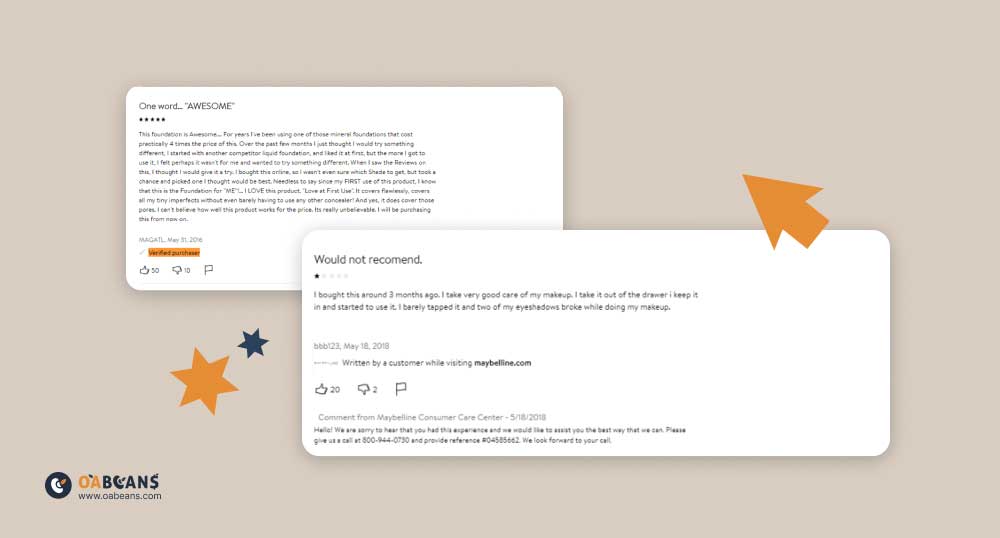
- Read customer reviews and ratings on platforms like Trustpilot, Sitejabber, or Google to get insights into the quality of their products and services. Check for any recurring complaints about product quality.
- Check delivery times to ensure they offer prompt and consistent delivery times.
- Look for a transparent and fair returns policy to ensure their commitment to customer satisfaction and confidence in their products.
- Test their response time and helpfulness by asking a few questions before placing orders.
Analyzing Product Size and Weight
The size and weight of a product are a vital part of the checklist for selecting products to sell on Amazon FBA, which affect the FBA fees in two ways: fulfillment fees and storage fees. Fulfillment fees are charged per unit based on the product’s size and weight. Storage fees are charged monthly and depend on the space the product takes up in Amazon’s warehouses. Sellers can also check product dimensions and weight to ensure they indicate just one product and the listing is accurate.
Sellers can use tools like Amazon’s FBA revenue calculator to analyze these metrics. This tool provides detailed information on the FBA fees associated with a product, including fulfillment fees, storage fees, and estimated profit margins.
Recognizing Product Lifespan
Recognizing a product’s lifespan is essential for OA sellers, especially for perishable items or trend-driven products. Understanding how long a product will be in demand is essential to avoid unsold inventory. Sellers can use several tools and methods like Google Trends or TrendHunter to recognize a product’s lifespan.
Analyzing sales data and customer reviews also helps sellers estimate how long a product will likely remain popular. For perishable items, it’s essential to understand the product’s shelf life and ensure it can be sold before it expires.
Assessing Storage Requirements
This is the last item in the checklist for selecting products to sell on Amazon FBA. Depending on the product, specific storage requirements may need to be considered, such as temperature control or other special conditions. To assess storage requirements, sellers should consider product type, size, fragility, and shelf-life factors. It’s important to note that special storage requirements can lead to additional costs.
For example, if a product requires temperature control, it may need to be stored in a specialized facility, which can increase storage costs. Similarly, if a product is large and requires more space, it may incur higher storage costs.
Harnessing the Power of OABeans Sourcing Lists
OABeans is a service provider that utilizes a mix of human expertise and machine learning software to generate leads and compile sourcing lists based on several factors, including ROI, sales rank, competition, price history, IP complaints, etc.
The OABeans team checks all the above factors when generating leads, ensuring a high potential for profitability and low risks. By utilizing OABeans’ sourcing lists, online arbitrage sellers can take the guesswork out of product sourcing. They can save time and effort by accessing a comprehensive list of leads vetted for profitability.
If you are unsure whether these services are worth investing in, you should know that OABeans also offers a 3-day money-back guarantee. You can try out any of our plans right now and cancel during the next three days if you feel unsatisfied with our leads.

Final Thoughts
In conclusion, sourcing products for online arbitrage requires careful consideration and evaluation of various factors. Failing to check these factors can lead to poor purchasing decisions and ultimately hurt your Amazon FBA business. That’s why it’s crucial to use all the tools and resources available to ensure that you are making informed and profitable decisions.
Take the first step towards success by visiting OABeans’ website and signing up for their services today. Your Amazon business deserves the best, and with OABeans, you can rest assured that you are getting it. Don’t wait any longer; start sourcing products like a pro with OABeans!


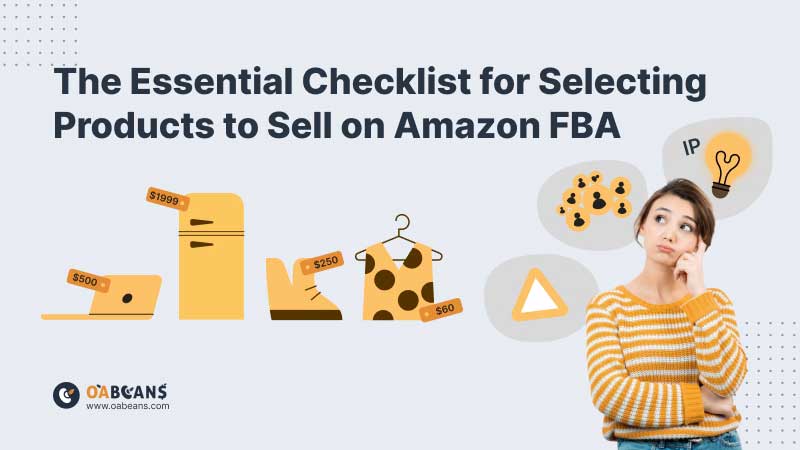
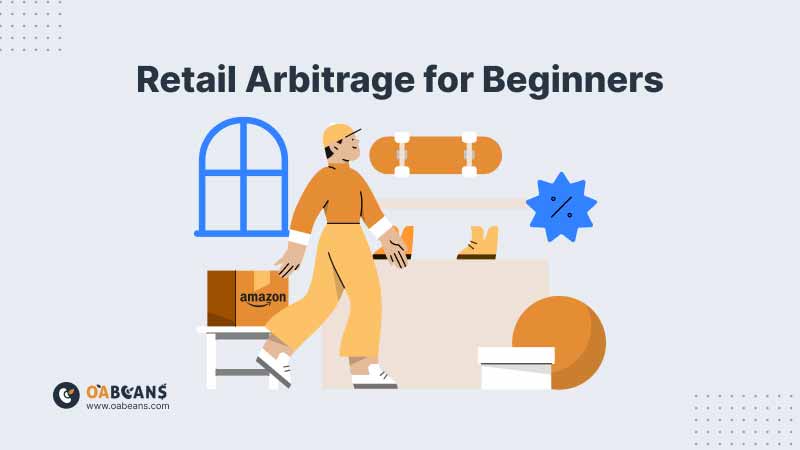
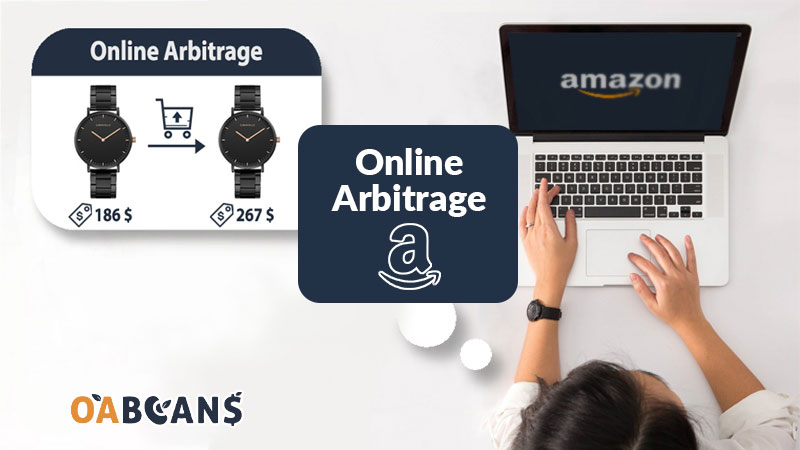
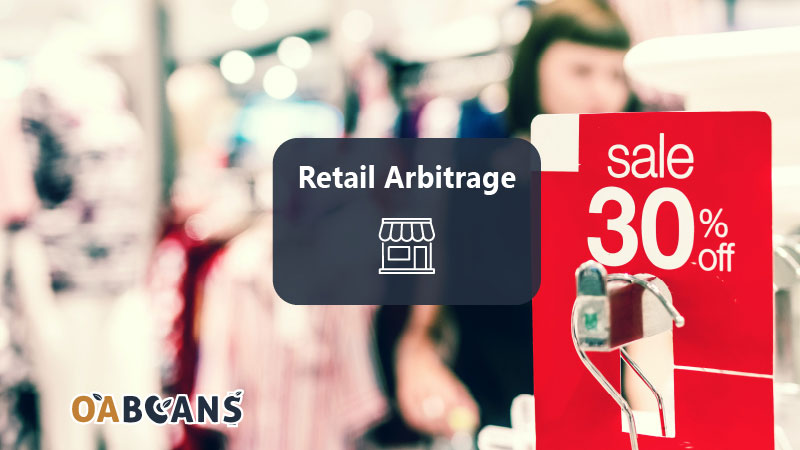
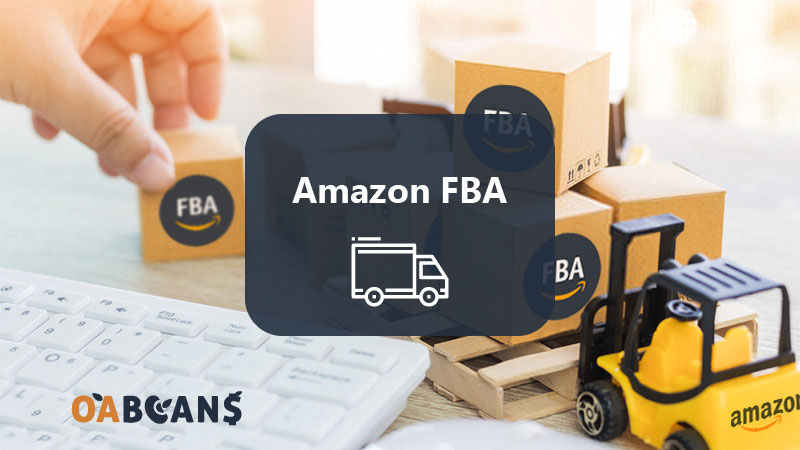



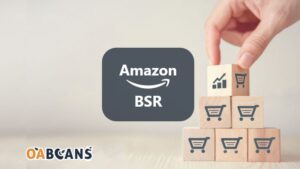



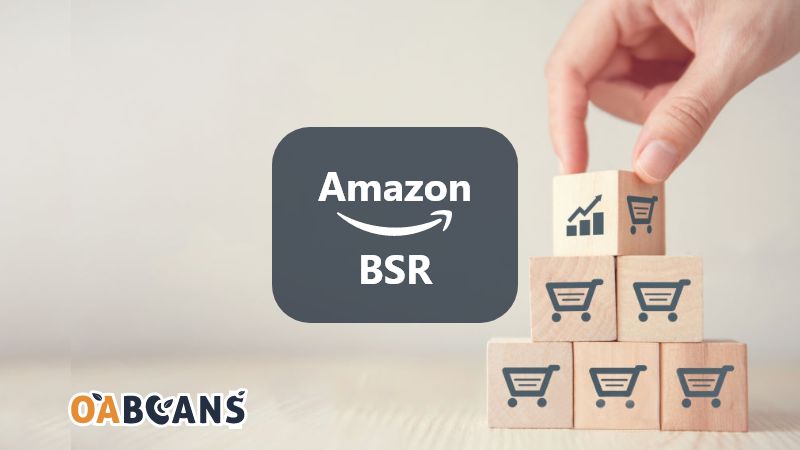
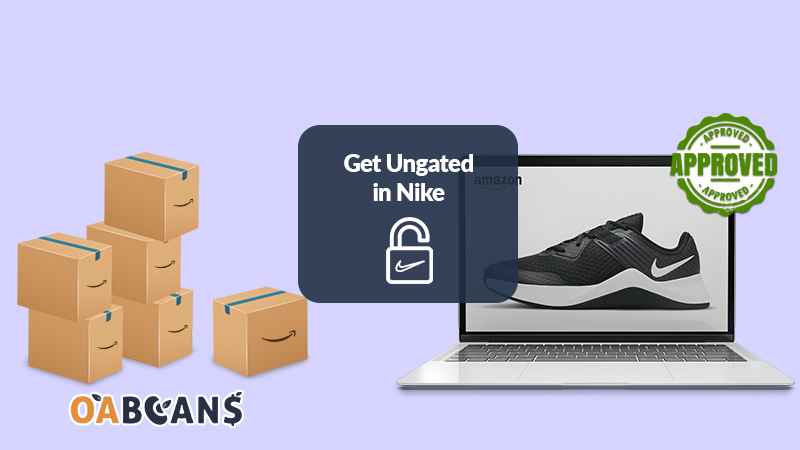






11 responses to “The Essential Checklist for Selecting Products to Sell on Amazon FBA”
Retail arbitrage on Amazon allows you to capitalize on seasonal sales, promotions, and clearance events in physical stores, maximizing your profit potential.
Reselling on Amazon offers a lucrative opportunity to turn unused or unwanted items into profit.
Retail arbitrage on Amazon enables you to build a brand reputation for offering quality products sourced from reputable retail stores.
The success of retail arbitrage on Amazon is based on a combination of effective sourcing, competitive pricing, excellent customer service, and continuous learning and adaptation.
By engaging in online arbitrage, you can diversify your product portfolio and explore different product categories to capture a wider customer base.
Reselling on Amazon allows you to constantly adapt to market trends and adjust your inventory to meet changing buyer preferences.
Online arbitrage allows you to capitalize on seasonal trends, promotions, and clearance sales, maximizing your profit potential during peak buying periods.
Selling through Amazon’s platform gives retail arbitrage sellers the advantage of a trusted and recognizable brand, which helps to instill confidence in buyers.
Amazon’s fulfillment options, such as FBA, provide efficient and reliable shipping solutions, ensuring a positive buying experience for your customers.
By reselling on Amazon, you can leverage the trusted Amazon brand and reputation to build credibility with customers and increase your sales potential.
Retail arbitrage allows you to develop your product sourcing and negotiation skills. Over time, you’ll become more efficient at finding profitable deals and maximizing your profits.